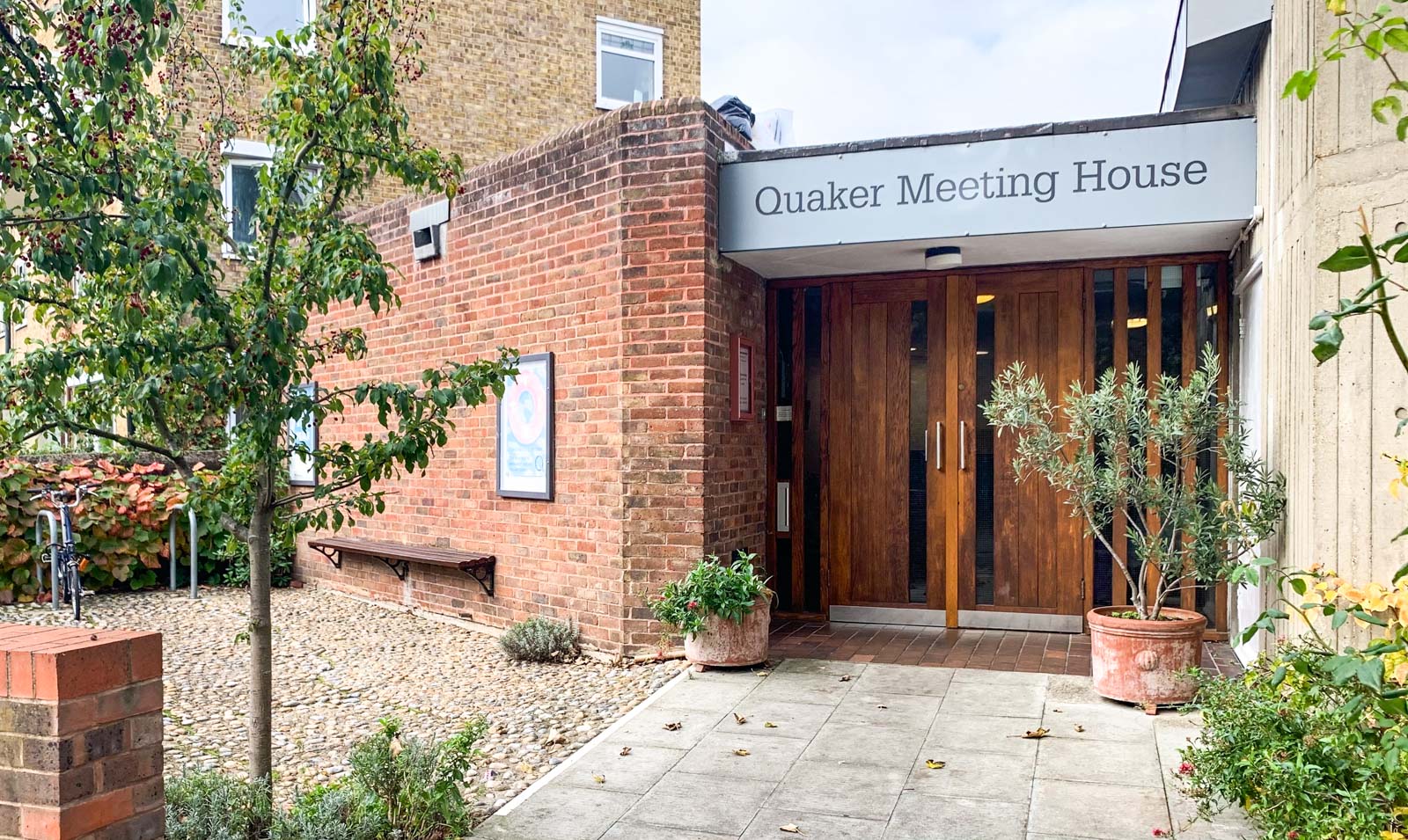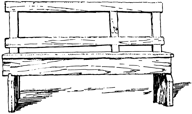 A history of Blackheath Quaker Meeting
A history of Blackheath Quaker Meeting
Quakers are a group with Christian roots begun by George Fox in England in the about 1647. The formal title of the movement is the Society of Friends or the Religious Society of Friends.
Quakerism arrived in London in the 1650s, and by the end of the 17th century there were many Meetings in what is now Greater London. The nearest to Blackheath were those ‘in the King’s House at Grinwich, and at Debtford’. Blackheath Quaker Meeting is the immediate successor of a Meeting at Woolwich, but there were several earlier Meetings in the area.
Deptford Meeting House at 144 Deptford High Street was acquired in 1693 and continued in use until 1907. There is a historical connection with Tsar Peter the Great (1672–1725; reigned 1682–1725), who arrived in England in January 1698 (new style). While studying shipbuilding techniques at the Deptford naval dockyard, he leased John Evelyn’s home, Sayes Court (next to the dockyard), and worshipped in Deptford Meeting House. A bench on which he is said to have sat was subsequently housed in various other nearby Quaker Meeting Houses – latterly Blackheath, from which the bench disappeared a few years ago.

The 'Peter the Great bench'
Deptford Meeting closed in the 1920s, but a new group had begun in Woolwich in February 1905 as a result of a public meeting. Woolwich Quakers moved to their own small purpose-built Meeting House in Eglinton Road, SE18, in 1924 and stayed until war damage in 1944 forced a temporary removal to the church hall of Christ Church, Shooters Hill. They returned to the Meeting House in 1948, but by the mid-1960s, Woolwich Meeting had outgrown its Meeting House. Most of the members lived in the Blackheath area any way. Woolwich Meeting House was sold in 1964.
The Meeting initially accepted the offer of a room at St Mary’s Roman Catholic Church in Blackheath. After a short while, it moved across the road to larger premises in the basement of the Congregational Church Hall in Independents Road.
The new Meeting House
In 1967 the Congregationalists agreed to lease a small parcel of land at the end of Independents Road to allow Quakers to construct a new Meeting House. Trevor Dannatt, who had designed the rebuilding of the Congregational Church after war damage, was appointed as architect. The building was completed in 1972, and is now listed Grade II as of special architectural interest. To learn more about our building, click here.